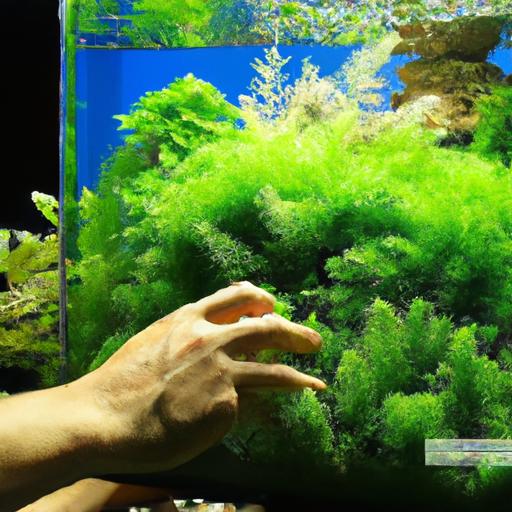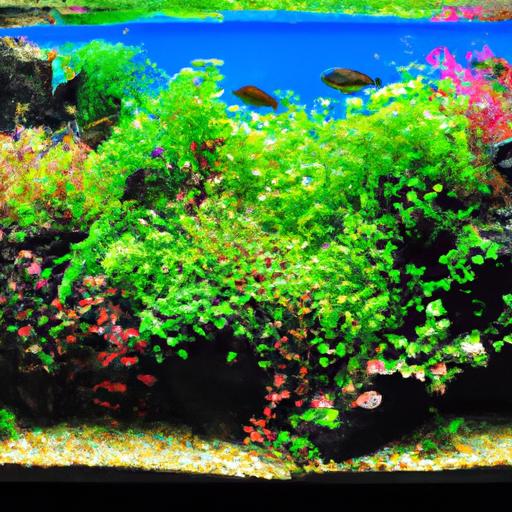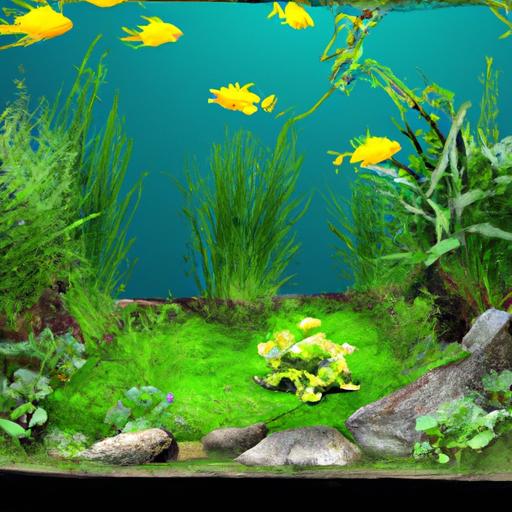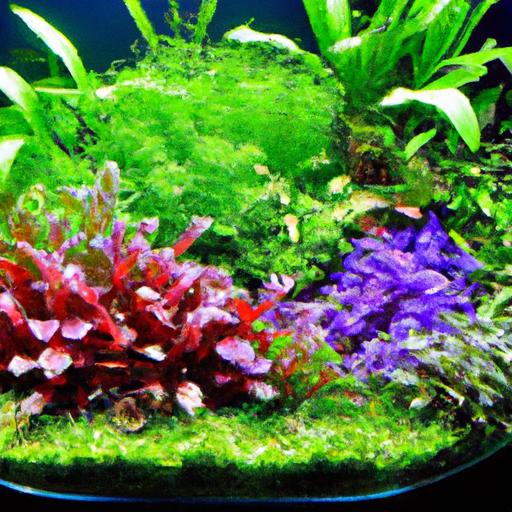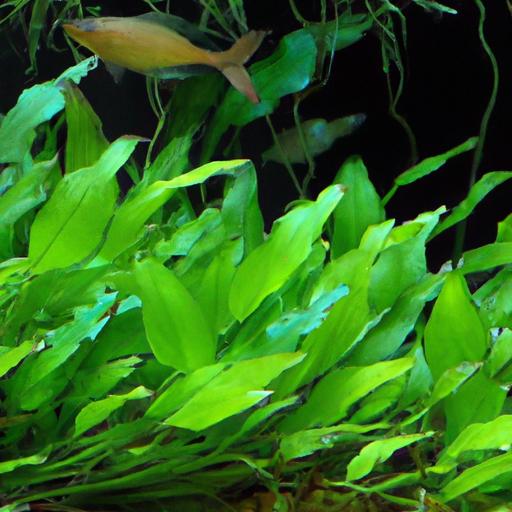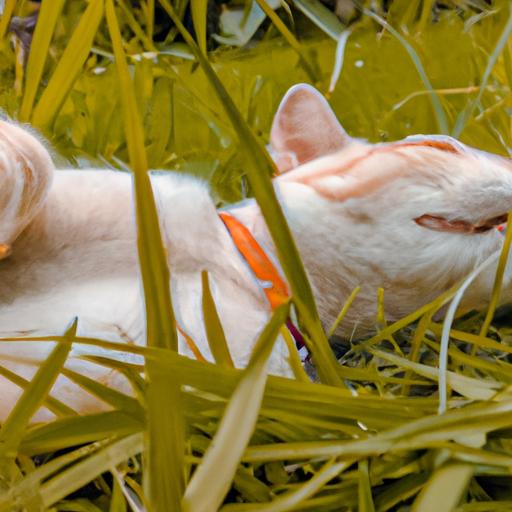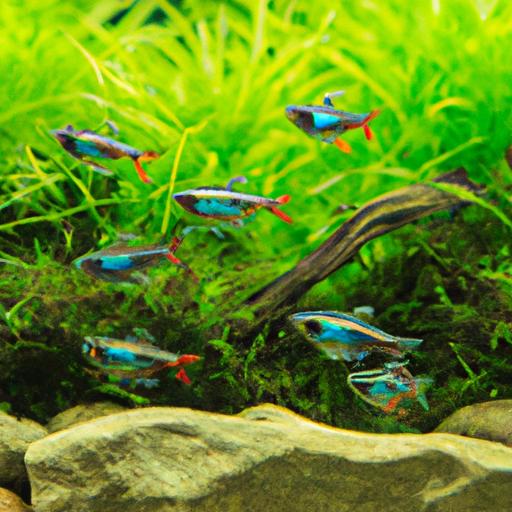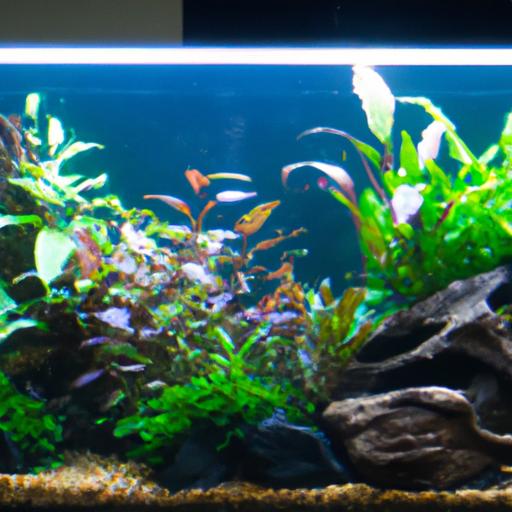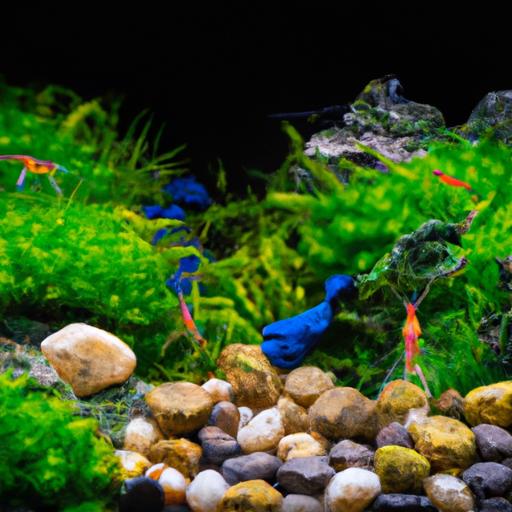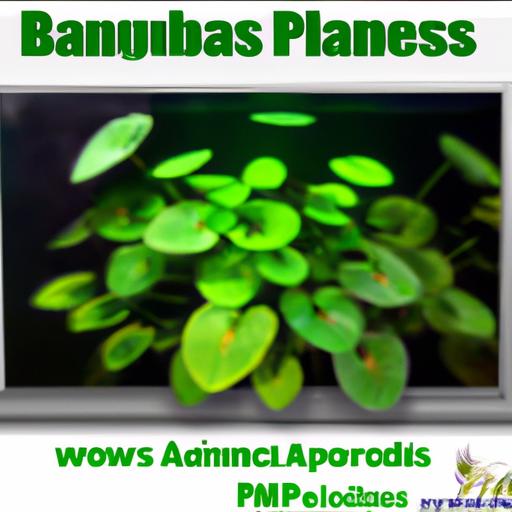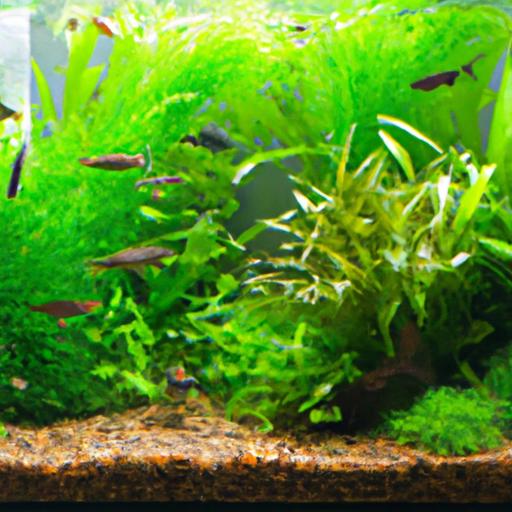
Nurturing a Healthy Tank with Hygrophila Polysperma Varieties
Discover the art of nurturing a healthy tank with Hygrophila Polysperma varieties. Learn care tips, propagation methods, and more in this comprehensive guide.
Introduction
Maintaining a healthy tank environment is crucial for the well-being of your aquatic pets. One way to achieve this is by incorporating Hygrophila Polysperma varieties into your aquarium. These versatile plants not only enhance the aesthetic appeal of your tank but also provide numerous benefits to the overall ecosystem. In this article, we will delve into the art of nurturing Hygrophila Polysperma and explore the different varieties available. Let’s dive in!
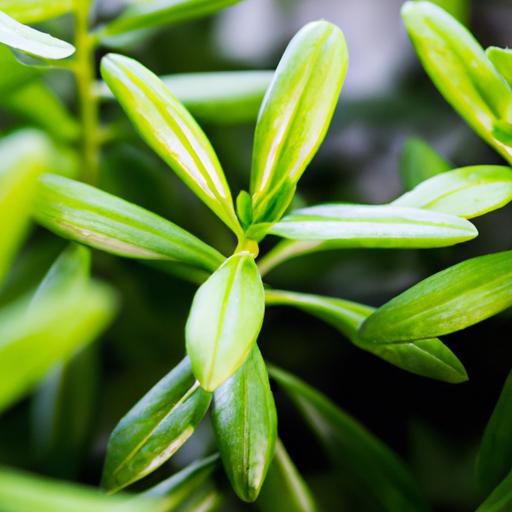
Nurturing Hygrophila Polysperma Varieties
Hygrophila Polysperma, also known as Indian Waterweed, is a popular choice among aquarists due to its hardiness and adaptability. To ensure the healthy growth of these varieties, it is essential to provide them with the right care and conditions.
Understanding the Specific Care Requirements
Hygrophila Polysperma thrives in a variety of tank setups and water conditions. However, it is crucial to maintain a balance to prevent any adverse effects on your tank’s ecosystem. Here are some key care requirements:
-
Lighting: These plants require moderate to high lighting levels to support photosynthesis. Ensure that your tank has appropriate lighting fixtures or consider using full-spectrum LED lights to provide adequate illumination.
-
Water Conditions: Hygrophila Polysperma varieties are adaptable to a wide range of water parameters. However, they prefer a slightly acidic to neutral pH (6.0-7.5) and a temperature range of 72-82°F (22-28°C). Regular water testing and maintenance will help ensure optimal conditions.
-
Substrate and Fertilization: Hygrophila Polysperma varieties benefit from a nutrient-rich substrate. Consider using a nutrient-rich soil or adding root tabs to provide essential nutrients. Additionally, regular fertilization with liquid or root fertilizers will promote healthy growth.
Managing Growth and Propagation
Hygrophila Polysperma is a fast-growing plant that requires regular pruning to prevent it from overtaking your tank. Here are some tips for managing growth and propagation:
-
Pruning: Regularly trim the tops of the plants to maintain their desired height and shape. Pruning also encourages bushier growth and prevents the lower leaves from dying off.
-
Propagation: Hygrophila Polysperma can be easily propagated through stem cuttings. Simply cut a healthy stem and replant it in the substrate. Within a few weeks, new roots will develop, and you’ll have a new plant ready to thrive.
Frequently Asked Questions (FAQ) about Hygrophila Polysperma
Can Hygrophila Polysperma survive in low-light tanks?
While Hygrophila Polysperma can tolerate low-light conditions, it may not exhibit optimal growth. Consider providing moderate to high lighting levels for the best results.
How often should I prune or trim Hygrophila Polysperma?
Pruning frequency depends on the growth rate of your particular variety and your desired tank aesthetics. As a general guideline, trim the plants every 2-4 weeks or as needed to maintain their shape.
Are there any common diseases or pests that affect these varieties?
Hygrophila Polysperma is generally resistant to diseases and pests. However, poor water quality and inadequate care can make them susceptible to algae growth and nutrient deficiencies. Regular water changes and maintenance will help prevent such issues.
Can Hygrophila Polysperma be kept with other fish or invertebrates?
Yes, Hygrophila Polysperma varieties are compatible with most freshwater fish and invertebrates. They provide excellent hiding places for small fish and contribute to the overall well-being of the tank inhabitants.
Conclusion
Nurturing a healthy tank with Hygrophila Polysperma varieties is a rewarding endeavor for any aquarist. By understanding their care requirements and providing optimal conditions, you can create a thriving ecosystem within your aquarium. Remember to prioritize lighting, maintain suitable water conditions, and manage growth through proper pruning and propagation techniques. With these insights, you’ll be well on your way to enjoying the beauty and benefits of Hygrophila Polysperma in your tank. Happy fishkeeping!
